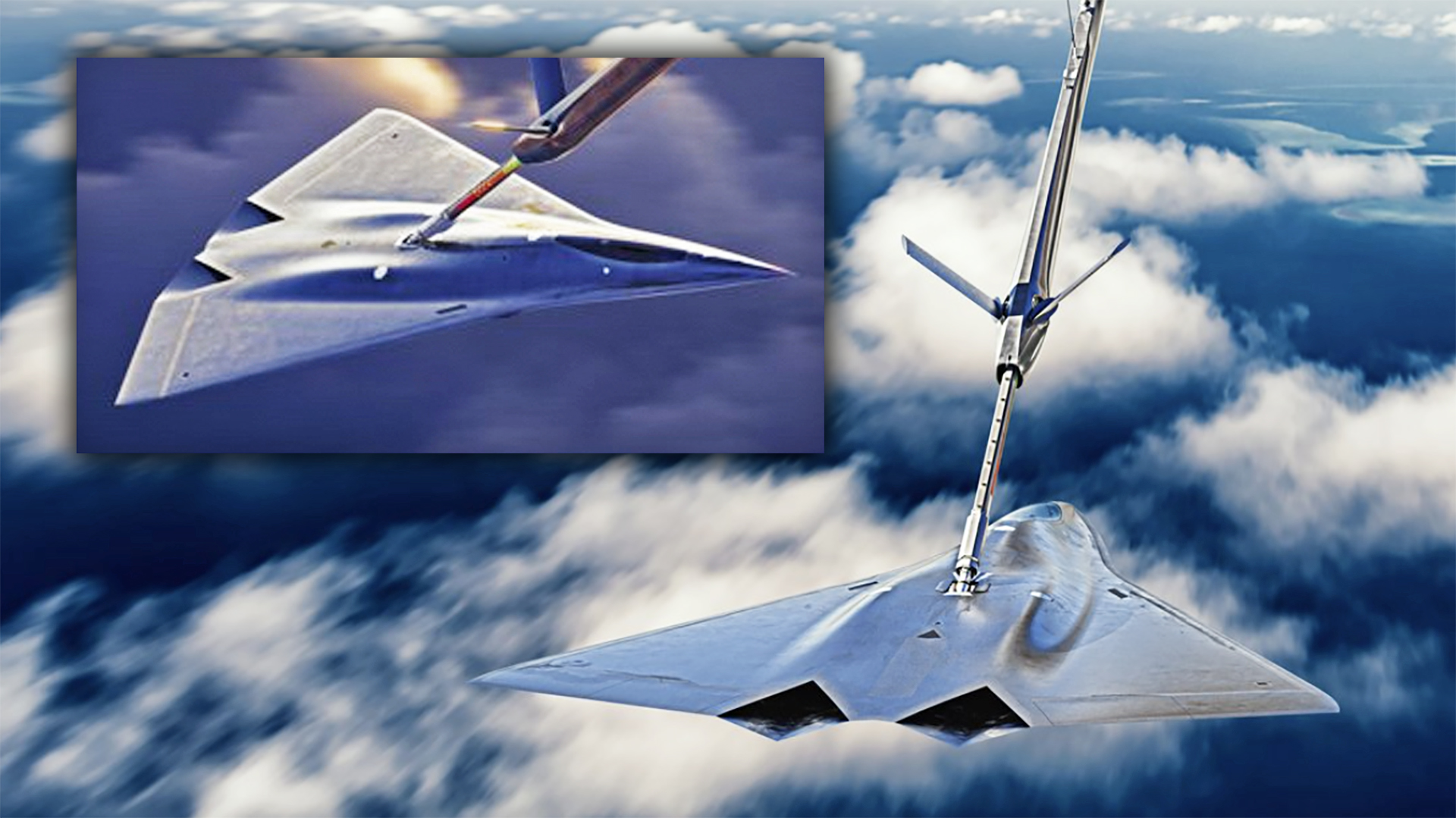Lockheed Martin has provided new artwork showing a notional manned sixth-generation combat aircraft component of the Next Generation Air Dominance program, or NGAD, the multi-faceted U.S. effort to field next-generation tactical air combat capabilities. The stealthy tailless aircraft is shown refueling from Lockheed’s LMXT tanker concept, which the artwork was intended primarily to promote. You can read more about NGAD’s potentially game-changing architecture here, but suffice it to say, a manned tactical aircraft component is very much planned to be at its center.
By showing an NGAD concept as essentially an adjunct to the new tanker aircraft it’s promoting to the Air Force, Lockheed Martin appears to skillfully sidestep making any explicit references to what’s a highly secretive program. However, there’s no doubt that the tailless aircraft is intended to serve at least as a stand-in for NGAD.

As for Lockheed Martin’s vision of a possible manned NGAD aircraft, this incorporates a diamond-shaped wing with straight leading and trailing edges. The wing is closely blended with the elongated fuselage, which features a single prominent chine line and tapers sharply toward the nose. It’s perhaps notable that the aircraft features no distinct tail surfaces. Tailless designs have cropped up frequently in NGAD-adjacent concept art as they would provide very low observability (stealth), considerable internal volume for fuel, weapons, and sensors, and a high degree of efficiency.
The twin engines are buried in the fuselage and exhaust over the upper surfaces of the airframe — a known low-observable design tactic used to block the infrared plume and radar reflective exhaust areas from sensors on the ground and from most other aspects — with two-dimensional diamond-shaped nozzles. These are especially apparent in a rear-aspect view of the aircraft, seen below, in which it’s also shown taking on fuel from an LMXT. There also appear to be two fairly shallow ‘bulges’ on either side of the center section of the fuselage, which appear to relate to the propulsion system. The aircraft may be depicted as wearing a shiny or semi-reflective coating, which could be in line with similar experimental coatings seen on F-22s, F-35s, and F-117s as of late.

The engine air intakes are not visible, suggesting they are mounted below the airframe, something that we’ve also seen on previous sixth-generation concepts. It’s also possible that the intakes have been omitted from the artwork entirely, to conceal the approach that Lockheed has taken here. A low-observable aircraft’s intake design is among its most challenging and sensitive features.
The proportionally fairly long cockpit canopy is notably low-profile, suggesting limited visibility, especially to the rear, for the crew. This feature is not as important as it once was with the advent of distributed aperture systems and the garnering of extremely high situational awareness due to advanced sensor fusion and networking. Also, the manned element of NGAD is not really a traditional fighter. Range, payload, and low observability are certain to take priority over maneuverability.
It is striking, too, just how similar the latest renderings are to previous Lockheed Martin concept art (below) showing an apparently notional sixth-generation manned fighter. As well as the same basic configuration, details appear to extend to smaller details, including certain panel lines. One could easily argue it is actually showing the same concept.
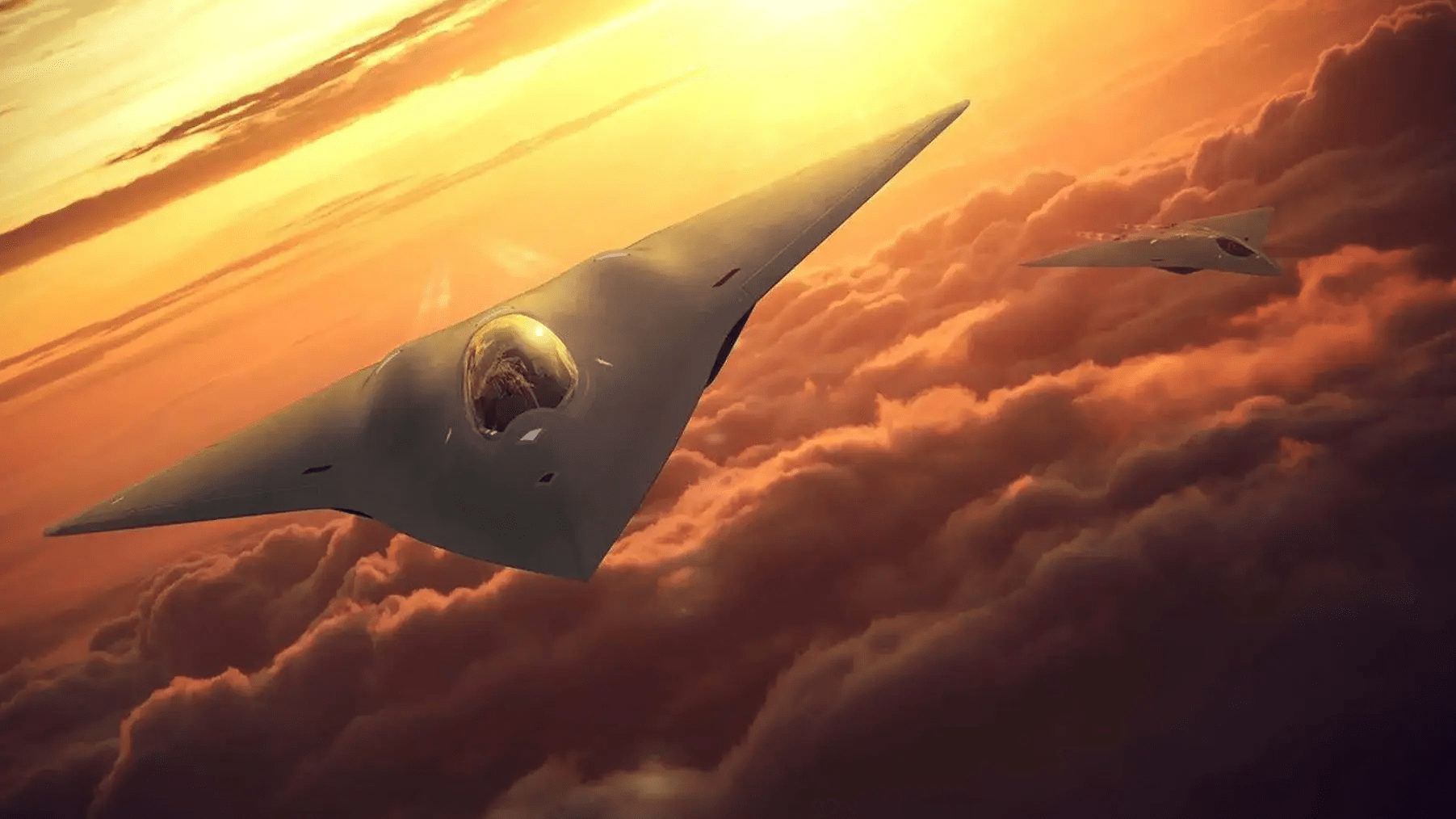
The scale of the aircraft seen in these new concept artworks is hard to judge — probably deliberately so. Based on a comparison with the refueling boom, this is not an especially large airframe, although, from what we know of the Air Force’s NGAD, it envisages a larger manned combat aircraft design, with increased carriage of internal fuel and weapons. At the same time, the Air Force has also spoken of the possibility of two distinct versions of the aircraft, a long-range one optimized for operations in the Indo-Pacific and a shorter-range version for the European theaters.
Overall, the concept is not entirely unfamiliar to those who have followed the previous artist’s impressions of notional manned NGAD aircraft from various manufacturers as well as from the Air Force itself. It’s also important to note here that there are two discrete NGAD efforts, run by the Air Force and the Navy, although there is also known to be a crossover between these two programs.
As well as concept art, for which the actual relationship to the real-world NGAD is open to a significant degree of conjecture, a previously unseen low-observable aircraft test shape was spotted at Lockheed Martin’s secretive Helendale radar-cross section (RCS) measurement facility in October last year. You can read our analysis of that event here.
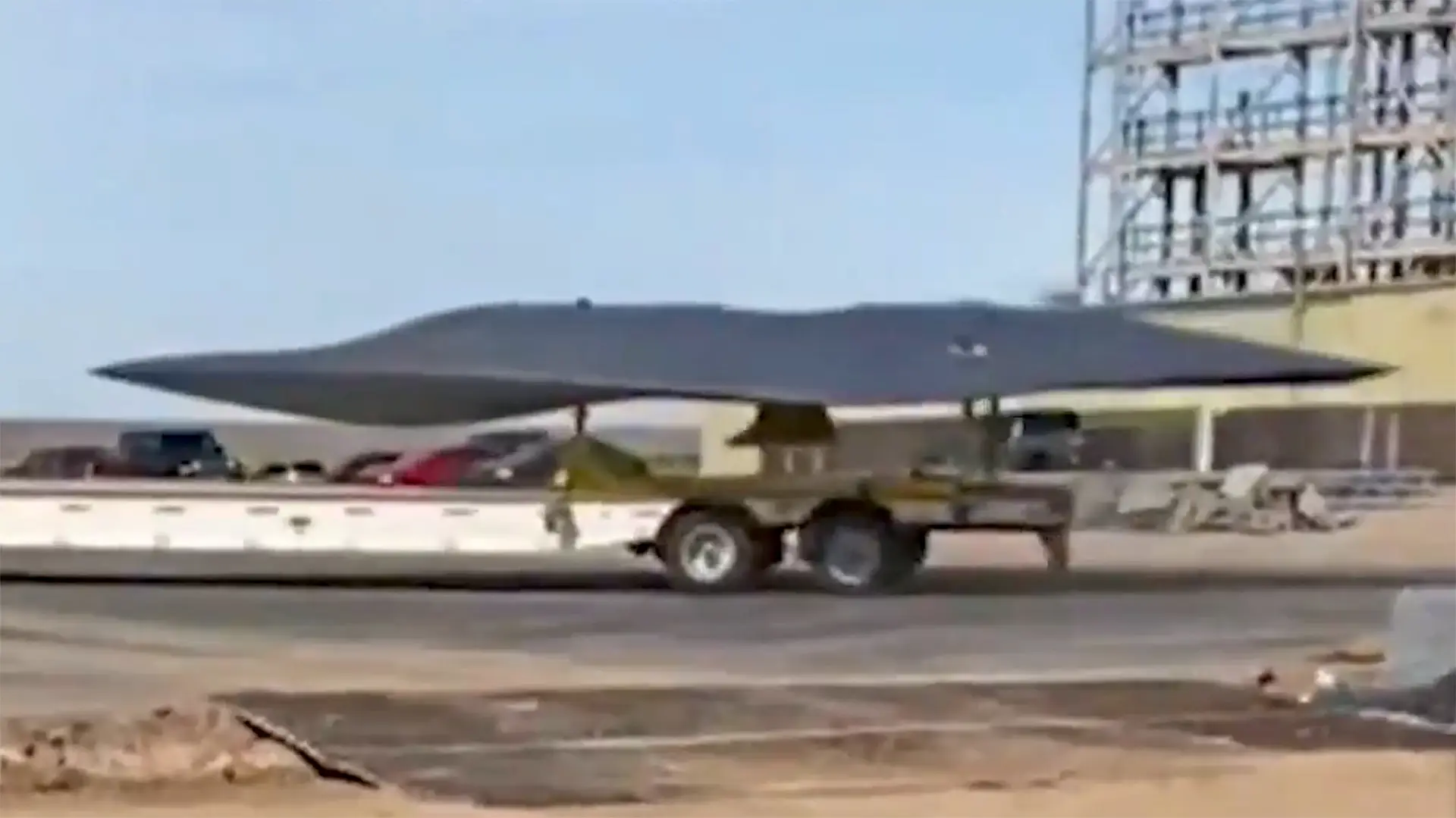
There is no confirmation that the Helendale test shape is directly related to NGAD, although it’s notable that it does share some broad similarities with various next-generation fighter designs, including some that are presumed to relate to NGAD concepts. It also appears to employ the same kind of diamond-like, tailless shape, with an elongated fuselage and single chine line that we can see on Lockheed’s latest concept art.
Earlier this year, The War Zone spotted another tailless, delta-wing aircraft in satellite imagery of Area 51, the Air Force’s clandestine flight test center at Groom Lake. This aircraft, roughly the size of a Su-27 Flanker, has a different wings planform, more reminiscent of Concorde, with its elegantly curved ogival leading edge. Overall, the wings have a flowing, more organic appearance than the diamond delta seen in the latest Lockheed art, although it also appears tailless. Again, however, we don’t know what, if any, relationship the Area 51 aircraft has to NGAD but that would be a top possibility considering its design and that we know an NGAD demonstrator has been flying in secret for a number of years now.
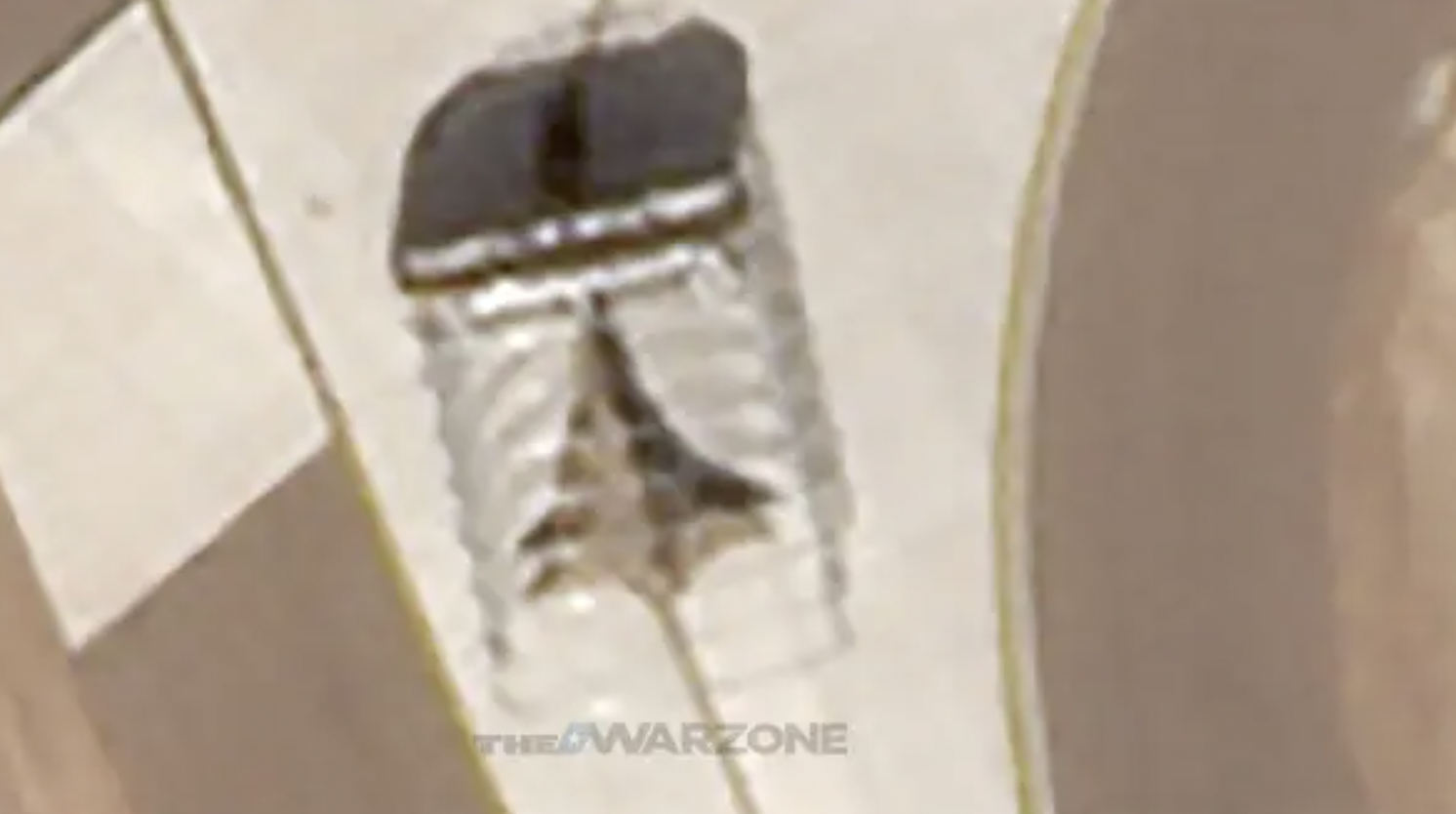
While the NGAD program has so far been conducted under a cloak of secrecy, it’s not unheard of for concept art to reflect certain aspects of even highly classified programs, something that Lockheed Martin’s Skunk Works has a long history of, especially in regard to stealth aircraft developments.
Of course, Lockheed Martin is just one of the companies involved in NGAD, which, as a ‘family of systems’ includes new weapons, sensors, networking, and battle management capabilities, too. In June, Secretary of the Air Force Frank Kendall said that “we still have competition” within the project, but did not elaborate, according to Air Force Magazine. Drones, too, are a critical part of NGAD, including for Lockheed — in fact, it’s hard to overestimate their importance, although they are following a rather different path to the manned fighter component, as you can read about here.
At this point, it’s unclear if a final design for the future NGAD manned jet has been chosen, if multiple companies are working on competing planes, or whether multiple firms are competing to build a single design. Regardless, a lot of advanced fighter concepts we’ve seen from other companies in the past have looked broadly like the latest Lockheed offering, too.

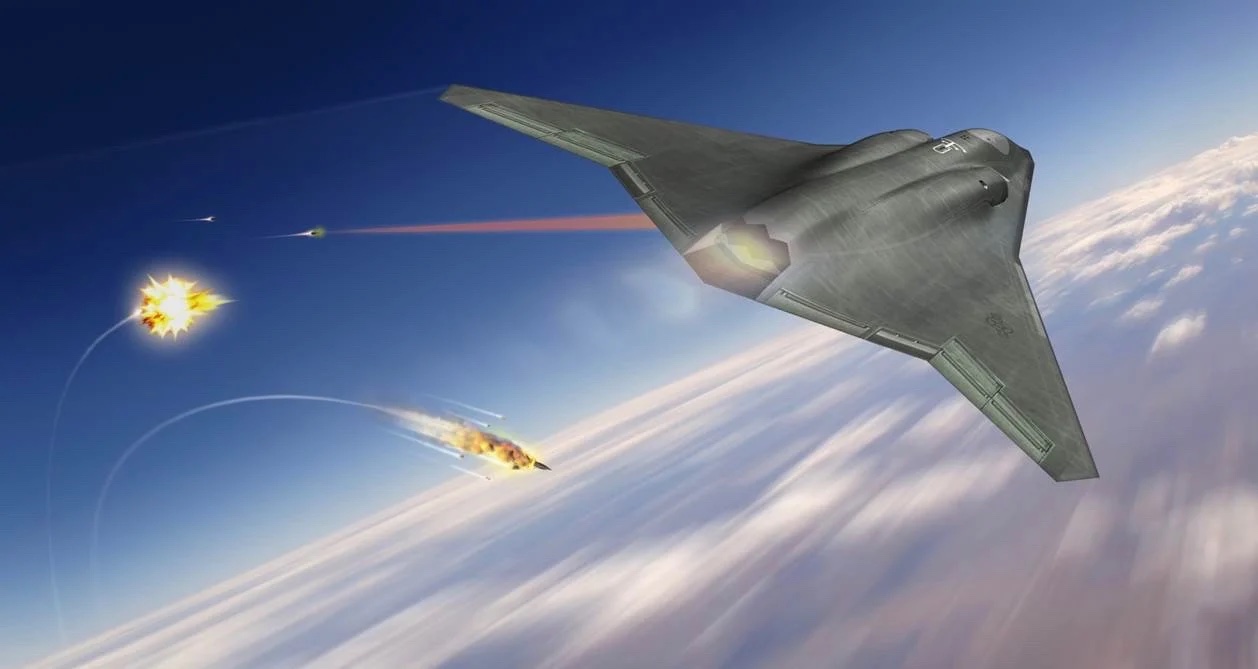
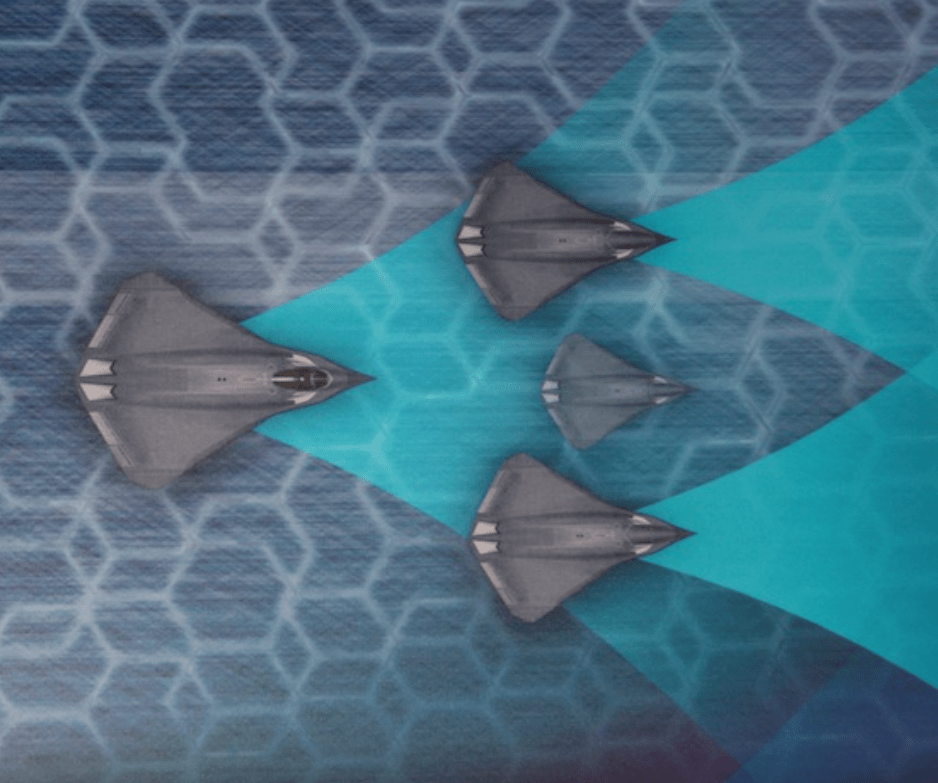
Separate but related to NGAD, we know also that Lockheed Martin has been awarded a large potential Air Force contract under the Next Generation Adaptive Propulsion program, or NGAP, which is also intended to feed into the NGAD family of systems. This effort involves two other established airframers, Boeing and Northrop Grumman, while General Electric and Pratt & Whitney will tailor propulsion system designs.
Secretary of the Air Force Kendall had previously disclosed that the manned component of the NGAD program had entered an engineering, manufacturing, and development (EMD) phase with the aim of achieving operational capability before 2030. That declaration now appears to have been revised, leaving the status of the EMD stage of the program somewhat unclear. Regardless, the program is certainly moving forward and fast as the Air Force, under big pressure from foreign competition, is betting huge on its success.
It will certainly be interesting to see how concepts for NGAD from Lockheed and from other manufacturers continue to evolve as we move closer to the ‘reveal’ of what’s unquestionably one of the most hotly anticipated military aircraft of the century so far.
Contact the author: thomas@thedrive.com and tyler@thedrive.com
